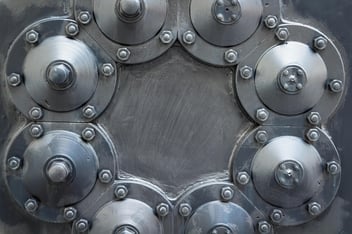Light alloys bring the advantages of improved fuel efficiency and reduced costs for engineering designs. But when it comes to joining these metals, factors like wear and corrosion can easily lead to joint failure.
Because of this, specific joining methods are used for different applications that use light alloys. In this article, we dive into these different joining methods, and highlight how wire thread inserts are a universal solution.
Riveting
Rivets are mechanical fasteners that come in a range of types. The traditional solid rivet is an unthreaded fastener that is driven through a tapped hole. The head of the rivet is then deformed using specific tools to expand within the hole, creating a strong joint. Alternative types include self-piercing rivets that are designed for light metals. These rivets do not need a pre-drilled hole, and instead pierce directly into soft metal sheet material to join two components.
.png?width=512&height=213&name=unnamed%20(7).png)
.png?width=512&height=213&name=unnamed%20(8).png)
Benefits and challenges of riveting
Riveting is an inexpensive and efficient joining solution that showcases excellent strength and fatigue resistance. That said, rivets are at risk of galvanic corrosion which can lead to the gradual deterioration of joint strength. This form of corrosion is a greater challenge for light alloys as they are more reactive than most heavier metals. Additionally, many rivet types are difficult to remove once installed, making the repair and maintenance of joints difficult.
Hemming and clinching
Hemming and clinching are processes that involve deforming light sheet metals to join together in specific ways. Hemming is the process of bending the outer sheet metal around an inner sheet. Clinching involves punching one sheet into the other and interlocking the two in specific sections.
.png?width=512&height=165&name=unnamed%20(9).png)
.png?width=512&height=240&name=unnamed%20(10).png)
Benefits and challenges of hemming and clinching
Hemming and clinching enhance efficiency and greatly reduce costs as they do not need a fastening element like bolts or rivets. They are also suitable for light metals as they can be easily deformed without exceeding their elastic limit when compared to heavy metals like steel. However, hemming and clinching are susceptible to wear in high load environments and cannot be used for metals that do not have enough ductility.
Screw and bolt joints
Screw and bolts are strong and reliable joining solutions that are used in a wide range of applications. They are threaded fasteners that are installed in threaded holes. This creates high joint strength through thread and contact engagement between the parent material and bolt/screw.
.png?width=512&height=219&name=unnamed%20(11).png)
Benefits and challenges of screw and bolt joints
Bolt and screw joints are stronger than riveting due to the threading involved, creating a reliable and resilient joining mechanism. This results in lowered costs and improved efficiency, as less bolts are needed to achieve the same strength of a riveted joint. However, bolt and screw joints can experience uneven loads of stress. This leads to factors like fretting fatigue and fatigue cracks and makes it unsuitable for light alloys.
Wire thread inserts
Wire thread inserts are a solution to the challenges faced by screw and bolt joints. They are installed between the parent material and fastening element of a joint, adjusting radially and axially when the bolt/screw is driven through. This introduces new threading to the joint and dissipates the tension equally over the entire hole and bolt.
.png?width=512&height=363&name=unnamed%20(12).png)
Benefits of wire thread inserts
Wire thread inserts provide superior fastening features that enhance the strength, durability and integration of screw and bolt joints. They prevent fretting and wear by spreading the load distribution across the length of the inserted bolt/crew. This enables light alloys to be used where they would otherwise fail due to wear.
Wire thread inserts also act as a protective layer between the parent material and fastening element. This prevents factors such as galvanic corrosion leading to the deterioration of joint strength. Additionally, these inserts are perfect for repair and maintenance through reintroducing and enhancing the strength of existing screw and bolt joints.
Integrate the perfect joining solution with KATO® Advanex
Joining light alloys present a number of challenges that come from their susceptibility to factors like wear and corrosion. Because of this, different joining methods are used for specific applications. That said, wire thread inserts provide a holistic solution to successfully integrate light alloys in a wide number of applications.
At KATO® Advanex, we are leading manufacturers of high-quality wire thread inserts that form strong, resilient and lightweight joints to reduce costs and improve fuel economy. Our products are available in a wide range of material compositions, surface finishes and design specifications so that you can easily find the perfect fastening solution.
To find out more about our products or to get additional pricing information, contact a member of our team today.
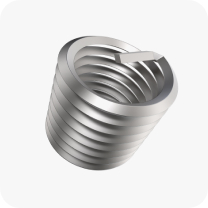
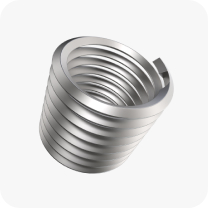
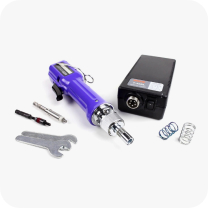
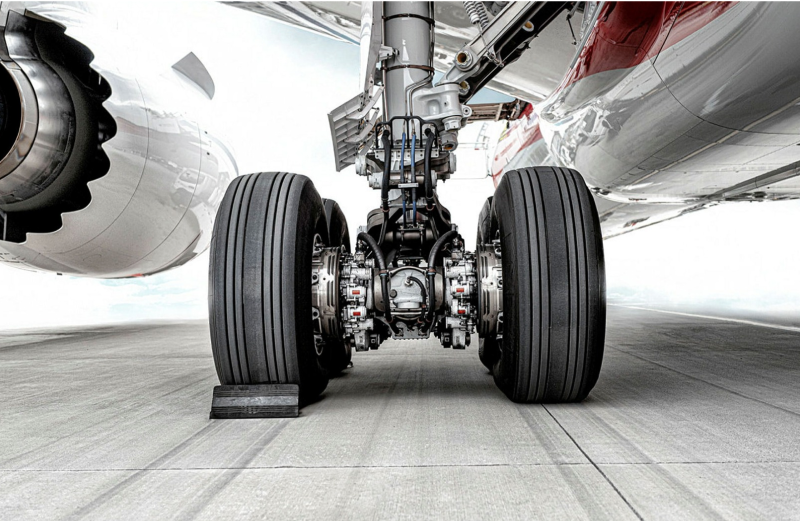
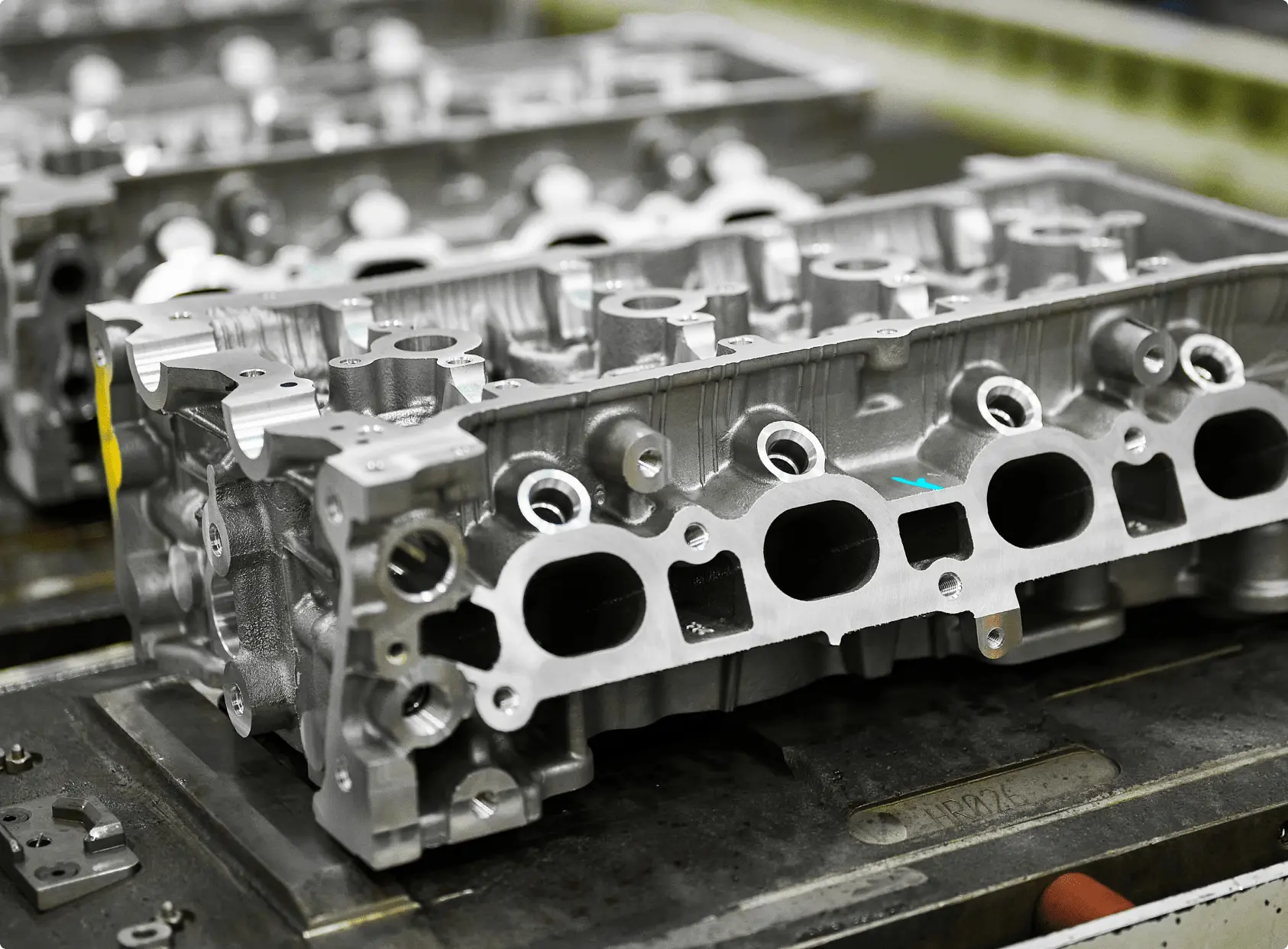
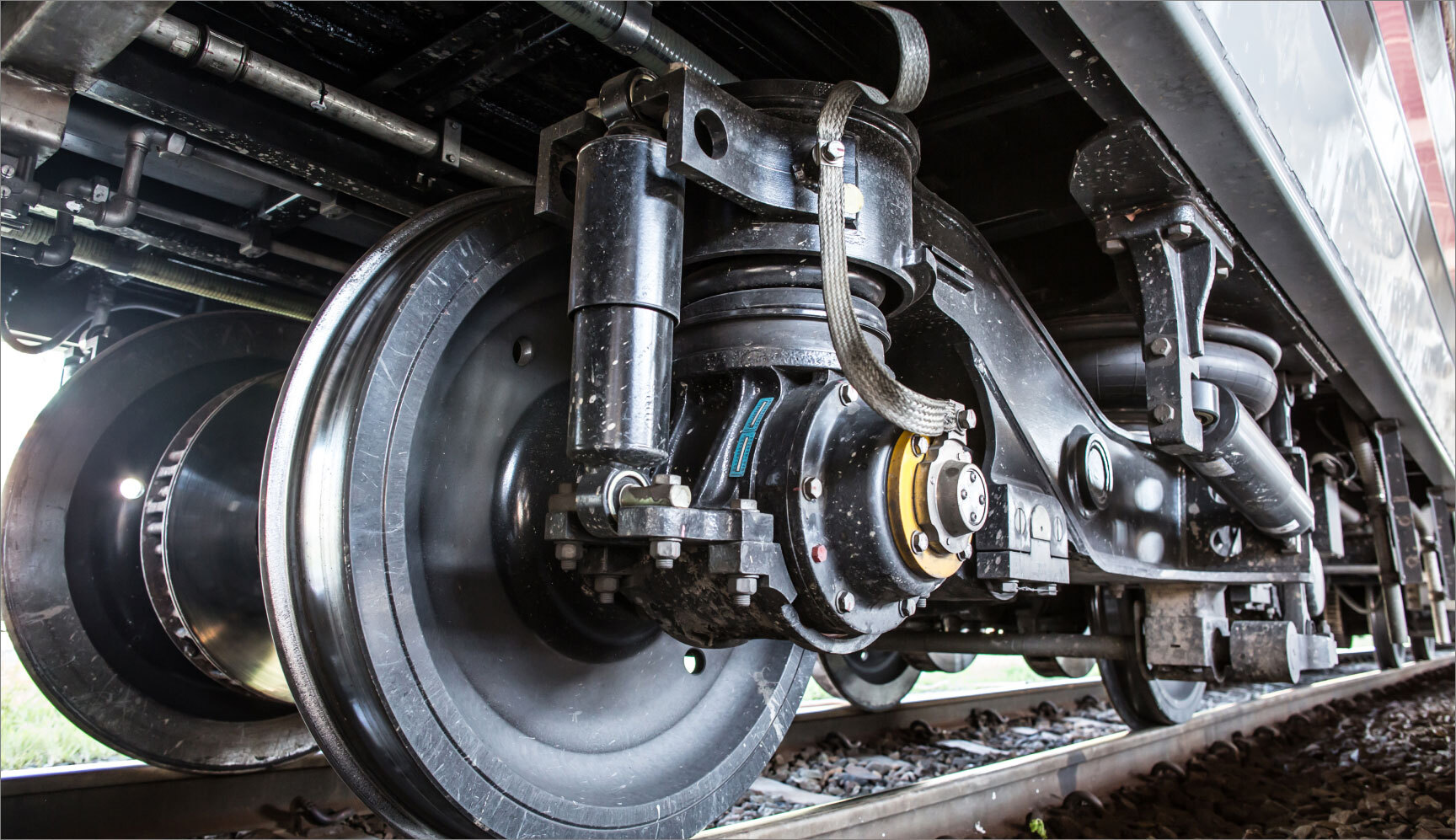

.jpg?width=352&name=Shutterstock_1609446301%20(1).jpg)
.jpg?width=352&name=KATO%20PLANE%20(1).jpg)
.jpg?width=352&name=Shutterstock_2096504170%20(1).jpg)
.jpg?width=352&name=EV%20charging%20(3).jpg)
